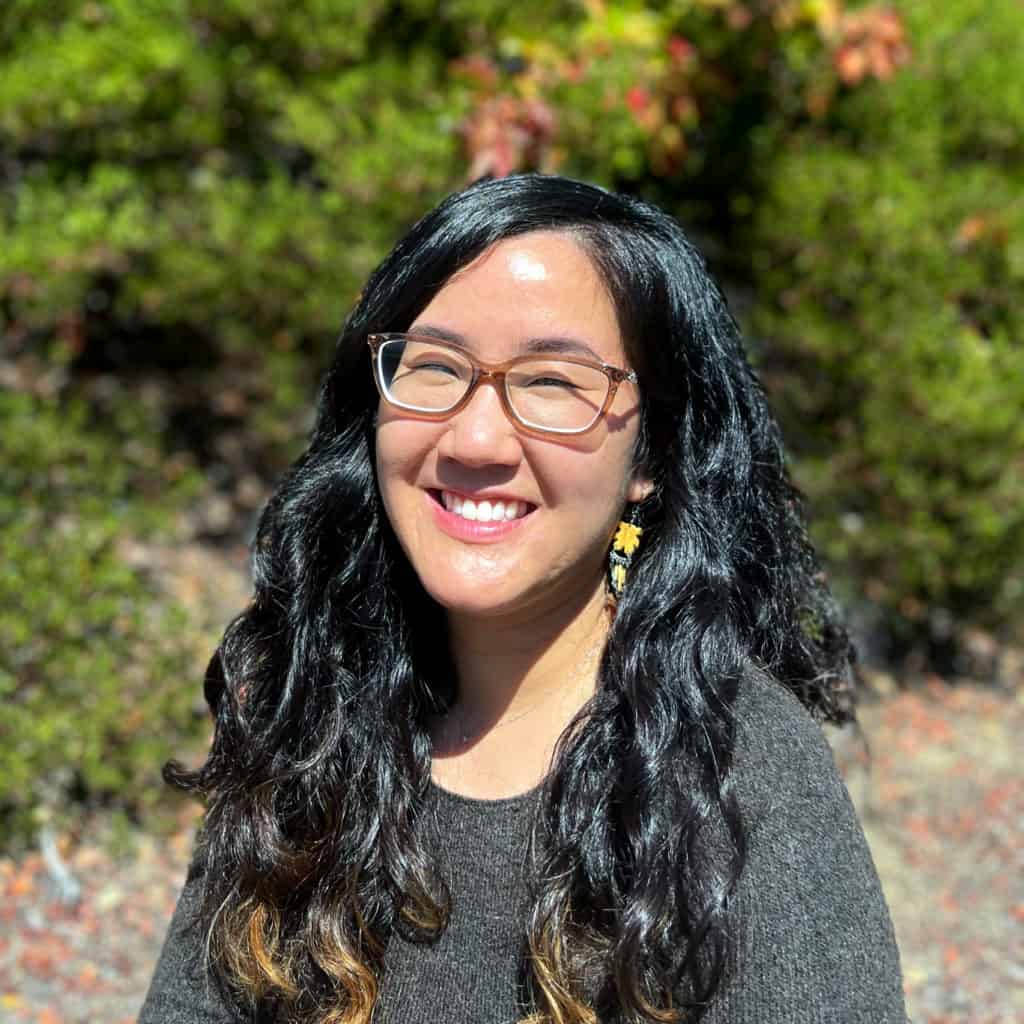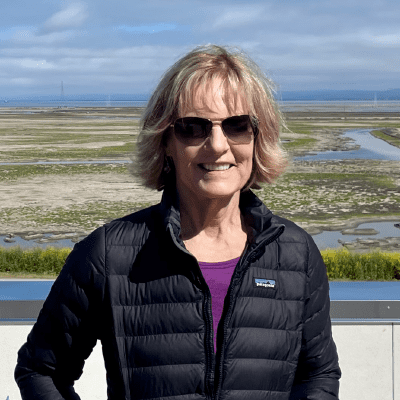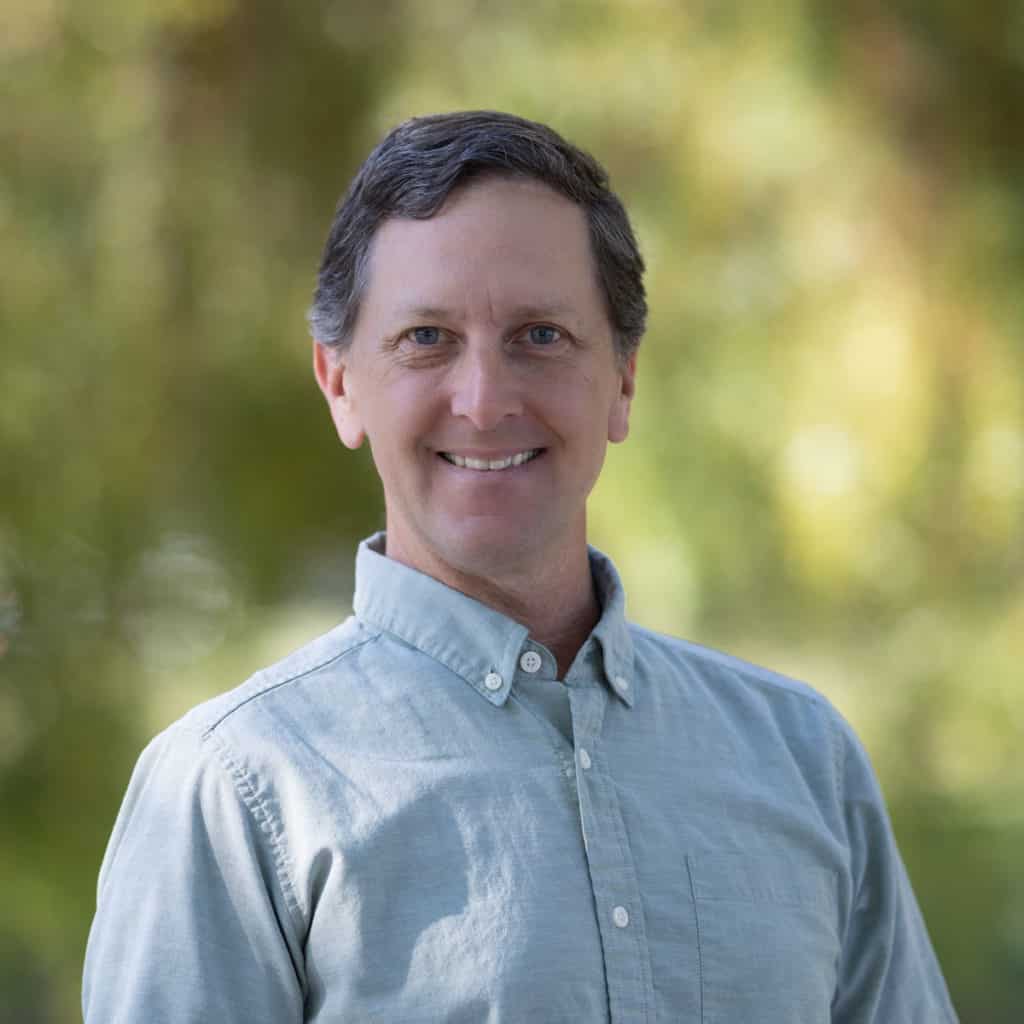Originally aired on ABC7: Wednesday, December 13, 2023
By Karina Nova and Tim Didion
MENLO PARK, Calif. (KGO) — In case you missed it, the San Francisco Bay just got bigger. Cheers went up as crews breached a levee just a few hundred yards from Highway 101 near Menlo Park. And as a crowd watched from a nearby hilltop, waters poured into a former industrial salt pond, 300 acres that will slowly and steadily turn into the Bay Area’s newest tidal marsh.
“Nature can really restore itself. In many cases if we give it a chance, if we give it a head start, we give it a push. And that’s what we’re doing here,” says David Lewis, director of the nonprofit Save the Bay.
The group spearheaded a volunteer program to green the edge of the Ravenswood site over the last several years, creating what’s known as a horizontal levee to absorb the rising tides from sea level rise.
“And we’ve involved so many people as volunteers in this work. And each of those people who gets to touch the bay and see the results. We’re really we’re really planting seeds for the future generations to continue this work,” he adds.
The late Senator Dianne Feinstein worked to acquire the site from the Cargill Corporation. State managers say when the tidal marsh begins growing in, it will provide critical habitat for birds and wildlife along with a multitude of other benefits.
“The tidal marshes around San Francisco Bay are doing a lot to benefit people and to benefit the environment. They sequester greenhouse gases. They sequester carbon. So they’re helping us reduce climate change impacts. They help us adapt to sea level rise. They are buffers between our built environment and the open bay. Their habitat for wildlife including endangered species, including the salt marsh harvest mouse, super cute little mouse. They improve water quality in the bay. They feed the San Francisco Bay,” says Amy Hutzel, executive officer of the State Coastal Conservancy.
The new marsh is just the latest piece of the largest tidal wetland restoration project on the West Coast, including the Don Edwards National Wildlife Refuge. When it’s complete, the project will restore more than 15,000 acres, forever changing the shoreline of San Francisco Bay for the better, according to Save the Bay’s David Lewis.
“So when we’re out here, looking at the Bay restoring itself, I think that really gives us hope,” Lewis says.
Support Wetland Restoration
Save The Bay is planting seeds, figuratively and literally, to return habitat around San Francisco Bay to tidal marsh. Your contribution supports vital restoration efforts, climate advocacy, and community engagement programs. Make a lasting impact and further our mission to protect and restore San Francisco Bay.

















































